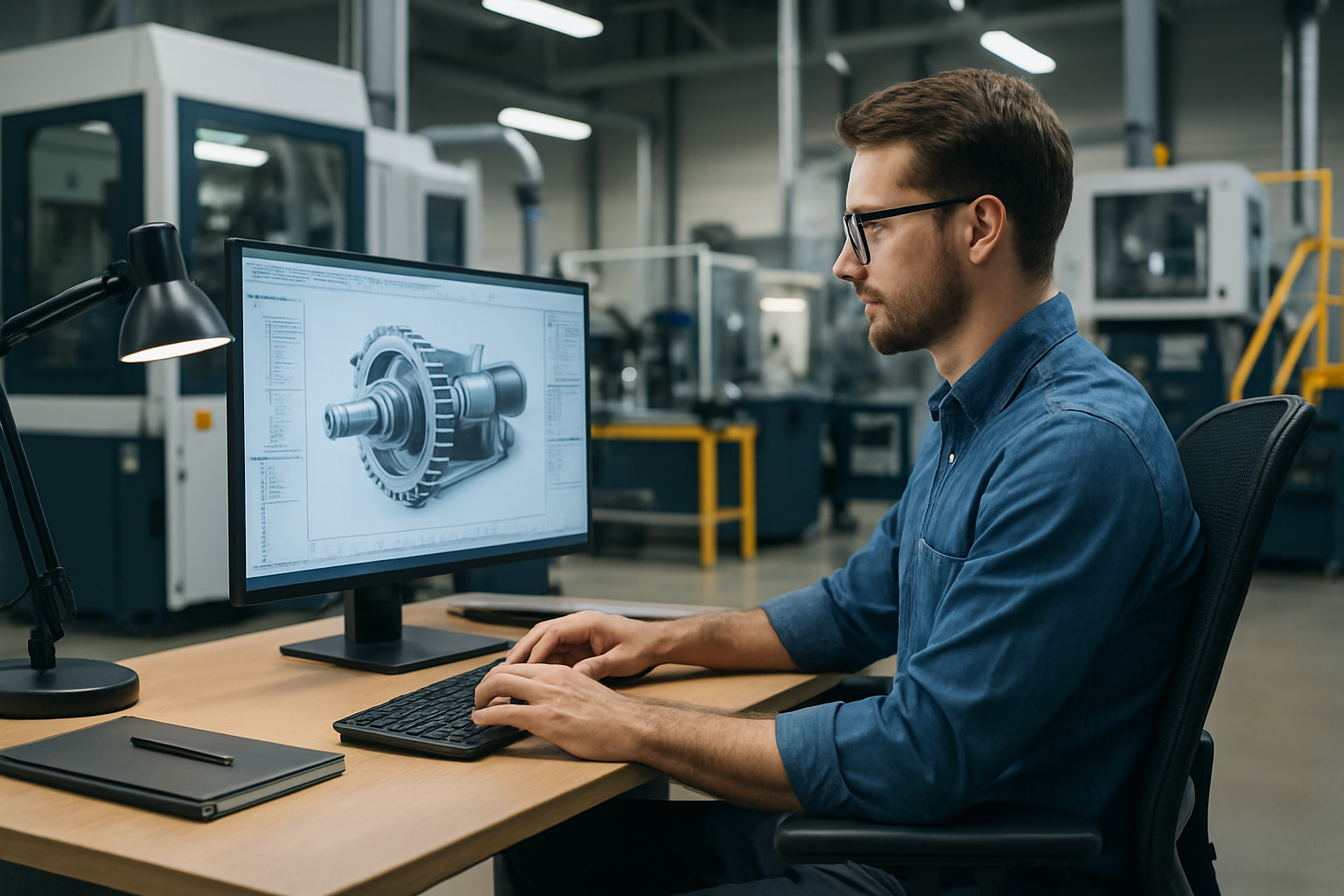How pressure and temperature shape shot consistency in home coffee devices
Consistent espresso shots arise from a predictable balance between pressure and temperature inside a home device. Both variables interact with grind size, dose, and machine design to determine extraction rate and flavor clarity. Understanding how adjustments affect flow and heat stability helps home brewers reproduce desired results across shots.

How does pressure govern extraction and shot consistency?
Pressure is the primary force pushing water through compacted coffee. At the typical 9 bar benchmark used by many home machines, pressure controls flow rate and the mechanical interaction between water and coffee solids. If pressure is too low, flow slows and under-extraction can yield sour or weak flavors; if too high, it can force rapid over-extraction and bitterness. Engineers and scientists studying extraction model pressure profiles across time — ramping or pulsing pressure can change how solubles dissolve. In practice, stable pump output and consistent puck preparation produce repeatable pressure behavior. Small differences in tamping, grind distribution, and portafilter architecture translate directly into pressure variability and shot-to-shot inconsistency.
How does temperature control influence flavor and repeatability?
Temperature determines solvent strength: hotter water extracts certain compounds faster and alters acidity perception and sweetness. Many home machines offer thermostatic control or PID regulation to hold boiler or brew temperature within a tight resolution, which improves repeatability. Temperature fluctuations can occur when large or small water reservoirs oscillate, or when steam use cools a boiler briefly. Introducing ice into a cup or cold milk for drinks interacts with perceived temperature but does not change extraction chemistry. For home users, a consistent preheat routine, stable electrical outlet supply, and allowing the machine to reach steady state reduce temperature drift and improve reproducibility across shots.
What role do machine architecture and workflows play?
Machine architecture — boiler size, heat exchanger versus dual boiler, grouphead design — shapes how pressure and temperature behave under load. A compact home machine with a small boiler will respond differently to repeated shots compared with a larger dual-boiler design. Workflows such as back-to-back shots, flushing the grouphead, and timing shots influence thermal stability. Project management-style planning of brewing steps (grind, tamp, dose, pre-infusion) helps the operator maintain consistent variables. Good engineering choices in design reduce sensitivity to external factors like ambient temperature or water supply quality, making consistent daily performance more achievable.
How do placement and practical considerations affect performance?
Where a machine sits matters: proximity to a stable electrical outlet, ventilation near an elevator or stairs in a busy office, and even considerations for home security or entertainment spaces can influence usage patterns. Installing a machine on a steady countertop avoids vibration that might disturb the puck. Accessibility to local services for maintenance in your area ensures timely descaling or pump servicing, which preserve pressure and temperature behavior. For apartments or shared spaces, noise and heat from the machine may intersect with other functions like a home office or entertainment area, so plan placement accordingly to maintain consistent operating conditions.
How do sustainability and market choices impact design and use?
Eco-friendly features, such as energy-saving modes or low-water descaling systems, can influence thermal recovery and therefore shot consistency. The market offers machines with varying engineering trade-offs: compact designs prioritize footprint and quick heat-up, while larger machines favor thermal mass and stability. Consumers and scientists evaluating these trade-offs should consider lifecycle impacts and operational energy use. Choosing components designed for easy servicing supports long-term performance. Understanding how these design decisions affect day-to-day workflows — for example whether a machine needs longer warm-up to reach stable temperature — helps set realistic expectations for consistency.
How can sensors, cameras, and collaboration improve repeatability?
Modern home devices increasingly use technology such as flow meters, temperature sensors, and even cameras to monitor extraction dynamics. A camera or night vision camera aimed at a scale or portafilter can record shots for review, while onboard sensors provide real-time readouts of pressure and brew temperature. Collaboration between machine makers, engineers, and the home-brewing community generates workflows that translate sensor data into practical adjustments. Resolution in sensor outputs and clear data visualization help users identify trends across shots, enabling incremental improvements without guesswork. Combining human workflow discipline with instrumentation narrows variability and improves consistent results.
Conclusion Shot consistency in home espresso devices is a systems problem: pressure, temperature, machine architecture, user workflow, and environmental factors all interact. Reliable hardware, controlled workflows, and sensible placement reduce variability, while modern sensors and deliberate project-style routines help translate measurements into repeatable outcomes. For home brewers, focusing on stable pressure delivery, tight temperature control, and consistent preparation yields the most predictable shots over time.






